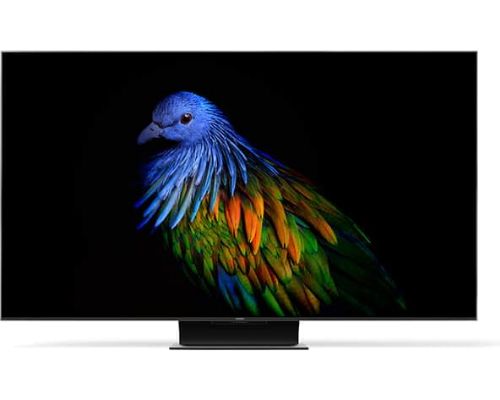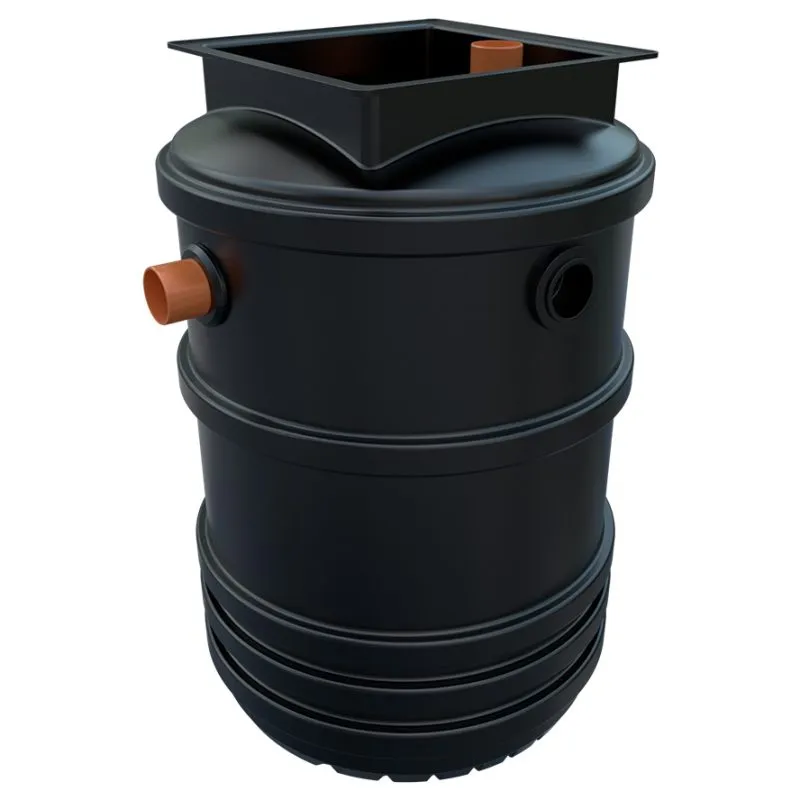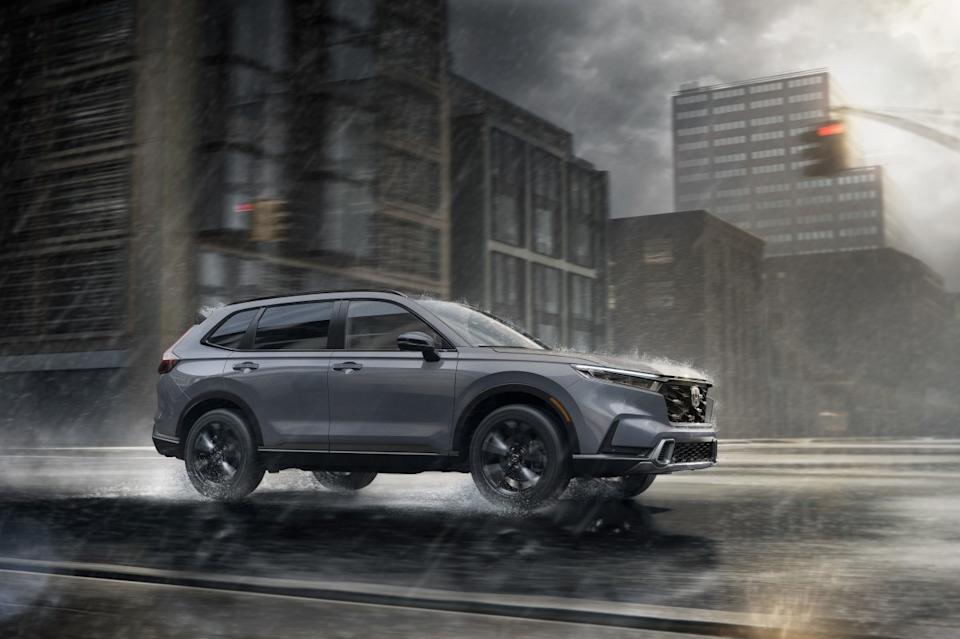
Honda Isn’t Going to Like the Mazda CX-50's Superb Steering originally appeared on Autoblog.
Fun AND practical!
Steering is one of the aspects of the driving experience that doesn’t get prioritized in mainstream car buying the way ride quality, comfort, power, technology, and safety do. Nevertheless, great steering can be a driving game-changer by offering great feedback, precision, responsiveness, effort, and corner weight build-up.
Most vehicles outside of sports cars fail to deliver great steering, but the Mazda CX-50 is shockingly good. I recall driving it for the first time shortly after its debut, and I was gobsmacked at how good it was. Of course, Mazda has focused on the driving experience for a long time, but the CX-50 raises the bar even higher than the MX-5 Miata. When contrasted with Honda, another brand famous for infusing its cars and SUVs with great steering, the Mazda CX-50 should make them nervous.
A steering setup that rivals (or surpasses) Honda
 2026 Honda CR-V Sport Touring HybridHonda
2026 Honda CR-V Sport Touring HybridHondaFor years, Honda has earned praise for producing vehicles that blend precision steering with engaging driving dynamics. For numerous reasons, models like the Civic and CR-V are benchmarks in their segments and have been for some time. They offer sharp, predictable steering and handling that connect drivers to the road. Even a model like the efficient Civic Hybrid is surprisingly connected and rewarding to drive.
The CX-50's closest competitor from Honda in terms of output, size, and style is the CR-V. The current CR-V’s steering is deftly tuned for both precise and compliant handling, while the ride remains smooth, instilling the driving experience with composure and confidence. While it’s unlikely that the CX-50 will ever sell in the same numbers as the CR-V, there’s reason for Honda to take notice.
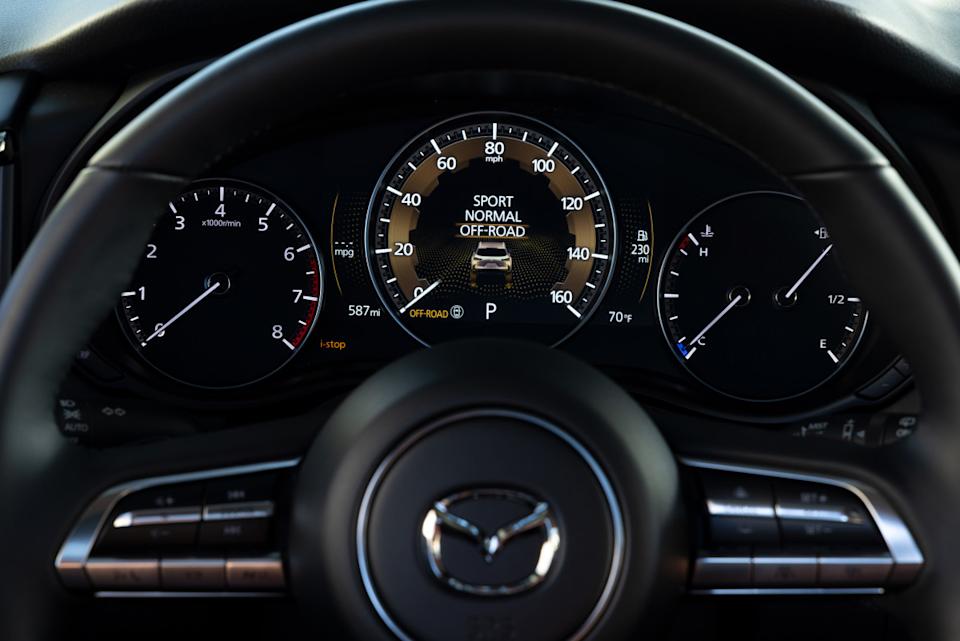 Mazda CX-50
Mazda CX-50The Honda CR-V is one of the best-selling crossovers in North America, and for good reason: it offers excellent space efficiency, comfort, and driving dynamics that surpass most rivals. The CR-V’s dual-pinion electric power steering setup (with a variable ratio of about 12.3:1 near the center) provides quick responses and relatively light effort — traits Honda fans have come to expect.
What is the CX-50's steering setup?
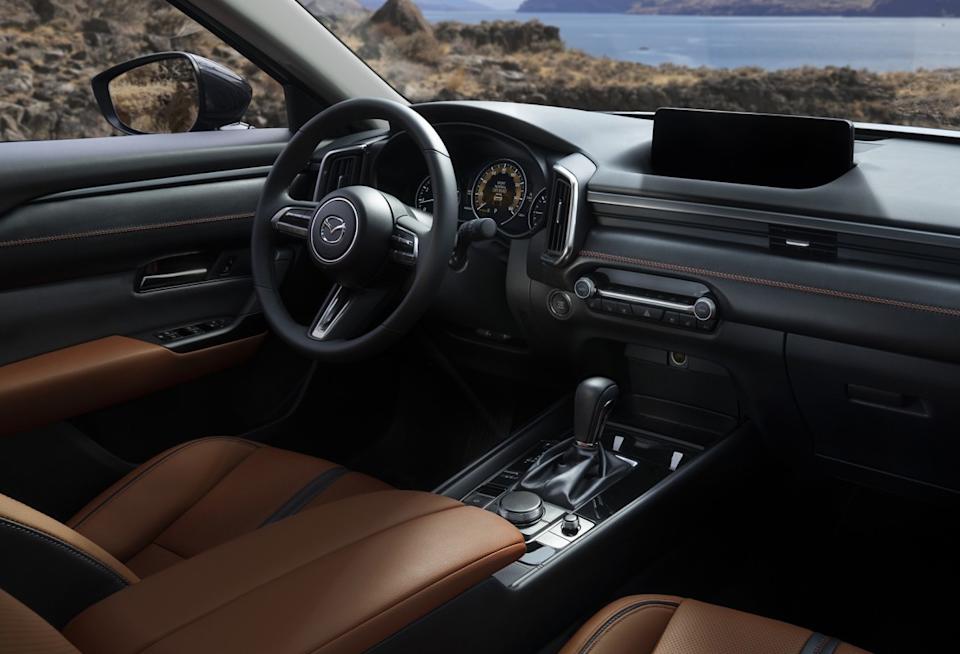 Mazda CX-50Mazda
Mazda CX-50MazdaThe Mazda CX-50 utilizes an electric power-assisted steering (EPAS) system, a technology prevalent in the industry, but this one stands out thanks to careful tuning by Mazda engineers that delivers a remarkably linear and communicative feel. The steering ratio is quick enough to provide a near-immediate response to driver inputs without feeling twitchy on the highway. It also has impressive steering feedback, a characteristic that's absent in even sporty vehicles. Feedback is where the steering wheel communicates road forces and road surfaces between the front tires and the driver's hands. Knowing how the tires are gripping the road and what that surface feels like equates to a good steering rack. The CX-50 excels at this.
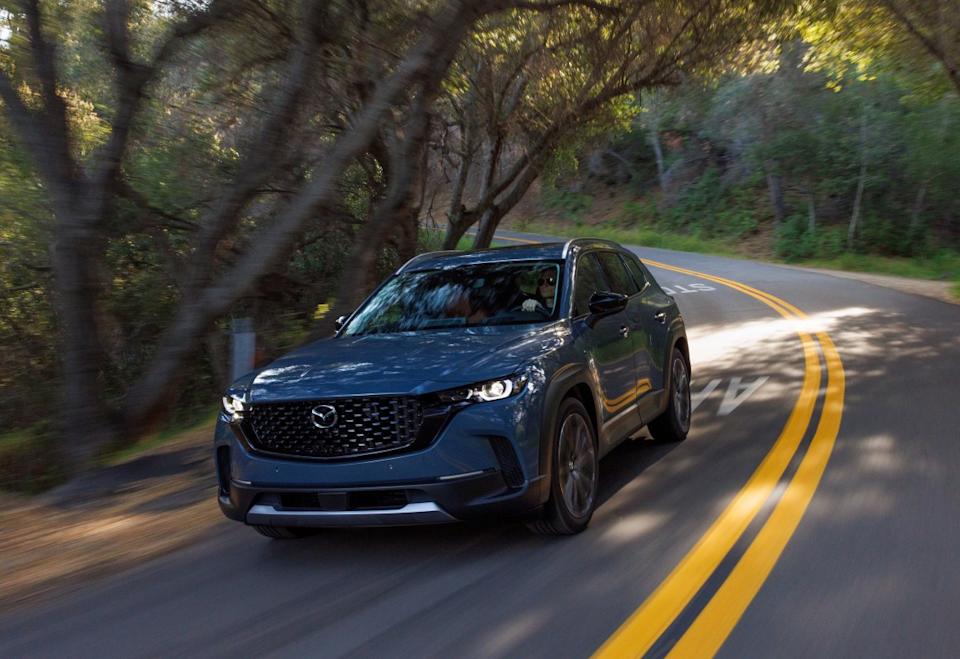 Mazda CX-50Mazda
Mazda CX-50Mazda Another contributor to the CX-50's great steering is the weight, or how heavy the steering feels when turning. The CX-50's steering weight is quite heavy, and some might not like that, but it's paired with excellent corner weight build-up, the part where effort progressively builds as both corner entry speed and front tire load increase. Good sports cars have this, and the CX-50 feels just like that. Mazda engineers focused on minimizing friction and unnecessary damping within the steering system to reduce artificial heaviness. A vehicle can have weighty steering, but it can sometimes feel overboosted and artificial. The feeling is otherworldly for a mainstream, affordable crossover, and it exists in every CX-50 trim level, regardless of the engine choice.
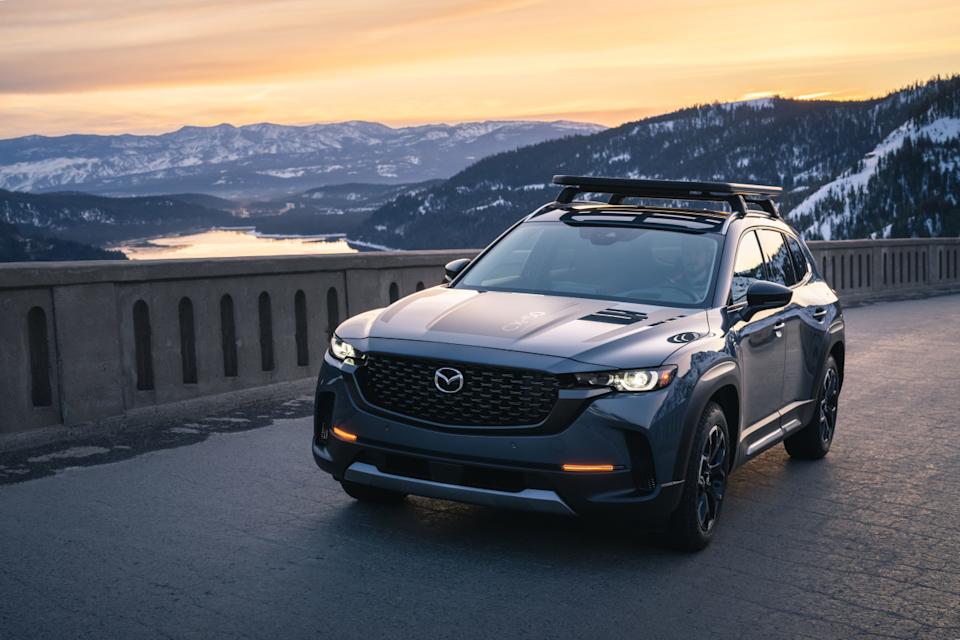
The CX-50's torsionally rigid chassis also deserves mention. The use of ultra-high-strength steel in key areas, particularly around the cowl and floor, enhances the body’s resistance to flex, allowing the suspension and steering to work more predictably under load.
While the CX-50 features MacPherson strut front suspension and a torsion beam rear suspension, neither of which is exceptional in the industry, Mazda has calibrated the setup so well that it provides exceptional stability and great turn-in precision. You can go over undulating pavement without upsetting it and then point and shoot it into and out of a corner with aplomb. On top of that, Mazda’s G-Vectoring Control Plus further aids cornering by subtly adjusting engine torque to shift weight properly.
The CX-50’s purposeful engineering
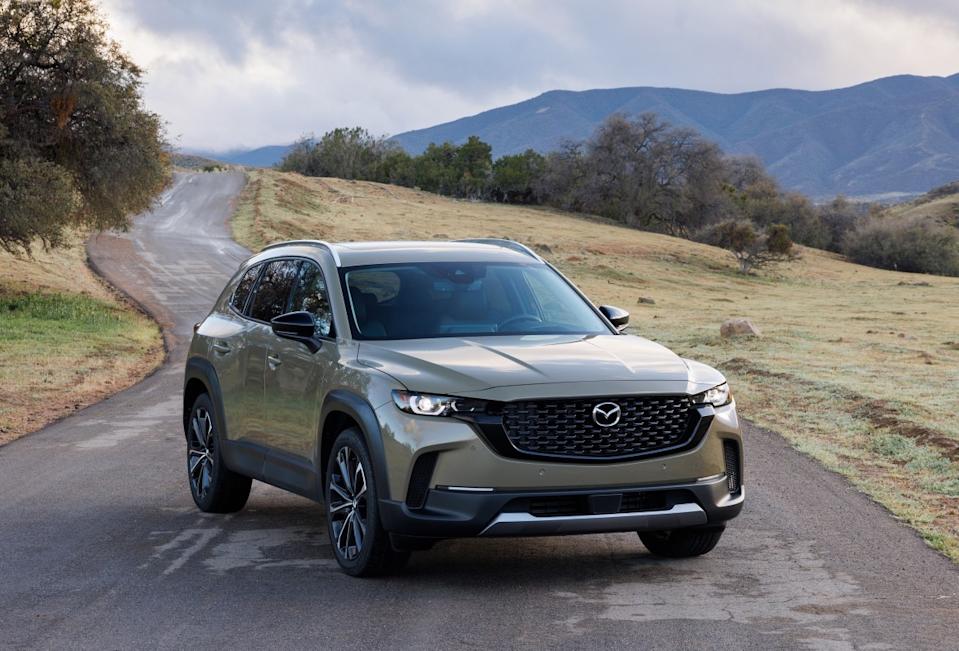
The 2024 Mazda CX-50 sits on Mazda’s Small Product Group platform, which it shares with the Mazda3 and CX-30, both with excellent steering and handling. But the CX-50 isn’t just a lifted hatchback in disguise. It’s been designed with a wider track than the CX-5, a longer wheelbase, and reinforced body structures to handle both on-road dynamics and light off-road use. With its muscular fenders, low roofline, and purposeful stance, the CX-50 looks athletic, and the experience from behind the wheel is even more rewarding than the CX-50's appearance communicates.
Under the hood, buyers can choose between two versions of Mazda’s 2.5-liter inline-four engine: a naturally aspirated variant producing 187 horsepower and 186 lb-ft of torque or the preferred 2.5-liter turbocharged engine that churns out up to 256 horsepower and 320 lb-ft of torque on 93-octane fuel (or 227 horsepower and 310 lb-ft on regular 87-octane). Both pair with a six-speed automatic transmission and standard i-Activ all-wheel drive. While those numbers are solid, it’s the steering that truly defines the CX-50’s dynamic character.
Why Honda might be concerned
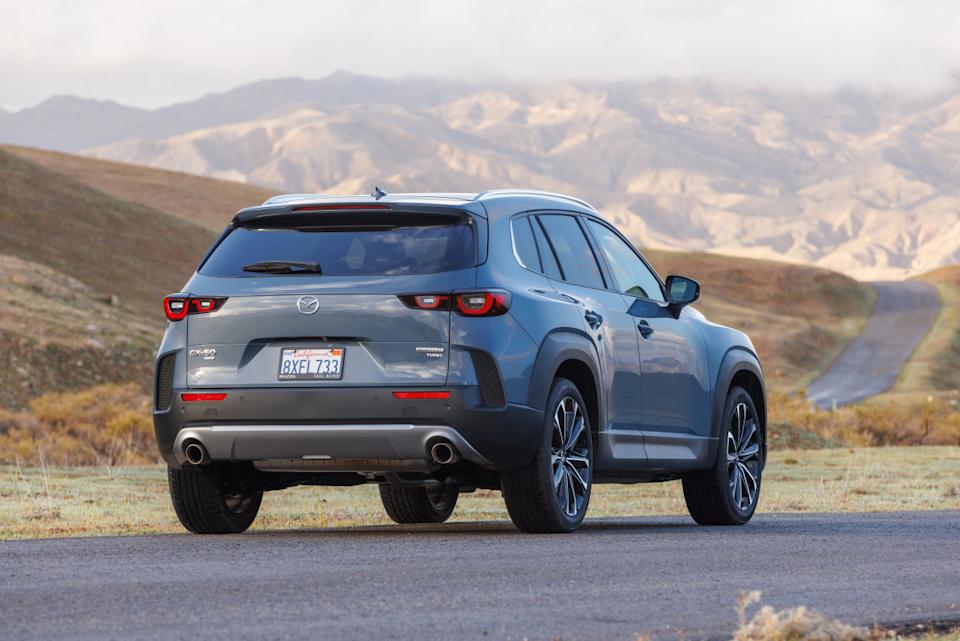
The CR-V is one of the better compact crossovers to drive, but the CX-50 feels more natural, sportier, and more rewarding. Where the CR-V’s steering is accurate, it can feel isolated and overly boosted at times, filtering out feedback. It also lacks the excellent corner weight build-up of the CX-50. The CX-50’s system keeps drivers more informed, letting them feel small adjustments in grip levels without intrusive kickback. On winding backroads, the Mazda simply feels more alive and confidence-inspiring, even though both vehicles are similarly sized and weighted.
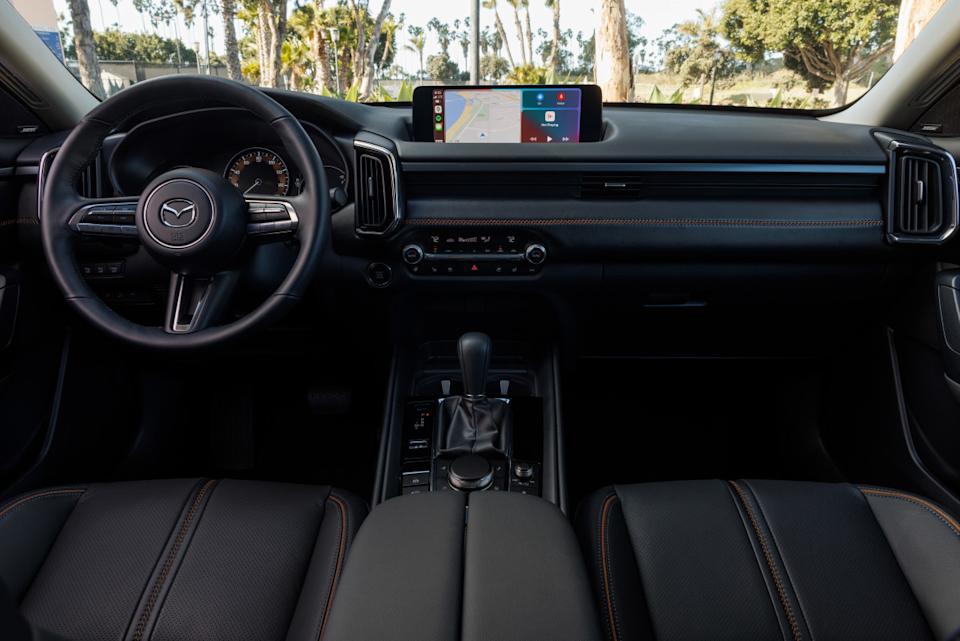
This unique trait of the CX-50 appeals to car buyers who want practicality without sacrificing driver engagement. The CX-50 is just that much better at it than every other competitor at its price and better than some sporty coupes, sedans, and premium fare. Honda’s reputation for driver-focused engineering in mainstream vehicles faces a legitimate challenge from the CX-50, a smaller automaker punching well above its weight. The CX-50 isn't going to threaten the CR-V in terms of sales volume (400,000+ for the CR-V in 2024), but the CX-50 increased by more than 64% in sales in 2024 compared to the year before.
Final thoughts
The CR-V is great in so many ways, but it's also ubiquitous. The CX-50 isn't just different in its appearance inside and out, but it's also better to drive than the CR-V, thanks to some of the best, most communicative steering in the automotive industry. Mazda’s commitment to delivering a more authentic, connected steering experience in a segment dominated by numbness and over-assist is refreshing. While the CR-V will undoubtedly continue to sell in huge numbers, it’s clear that enthusiasts looking for more tactile feedback and engagement will increasingly see the CX-50 as the better driver’s crossover. It's the one we'd put in our own garage.
Honda Isn’t Going to Like the Mazda CX-50's Superb Steering first appeared on Autoblog on Jul 5, 2025
This story was originally reported by Autoblog on Jul 5, 2025, where it first appeared.








